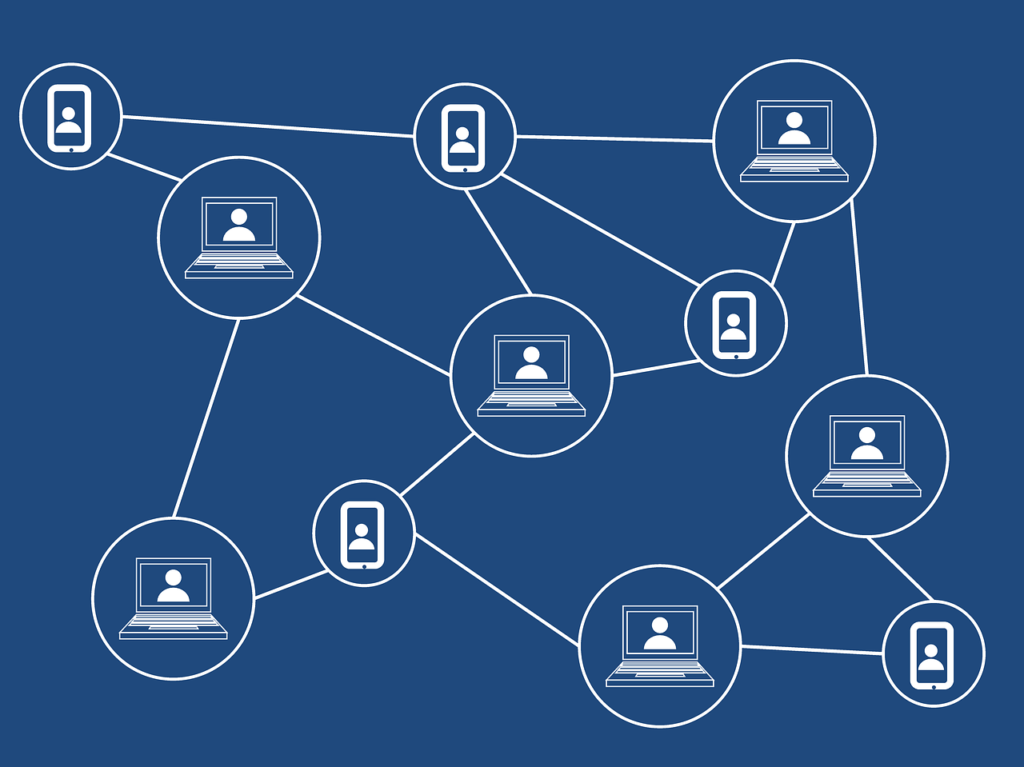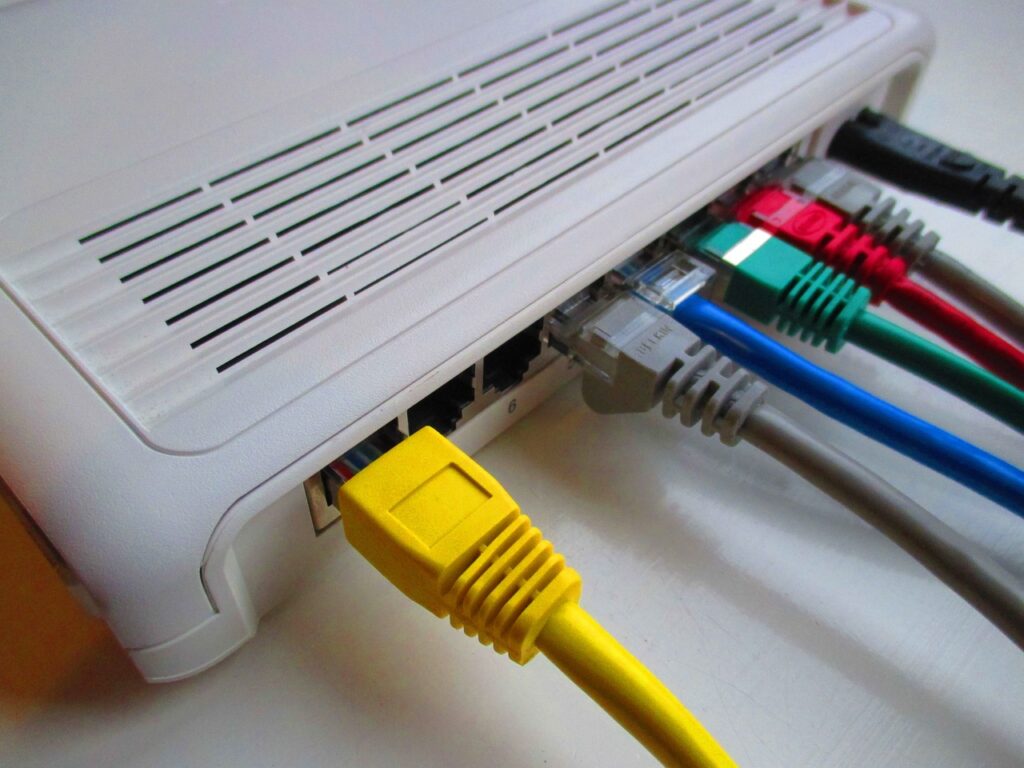The OSI model (Open Systems Interconnection model) is a way of describing how devices send and receive data in a network. It is a theoretical model which allows devices with completely different functions to interact with each other. This model contains seven layers, and in each layer the data goes through a different process to ensure it is properly sent to its designated device. In this blog I will be going through the basics of each layer!
OSI Model
Here are the seven layers of the OSI Model:
- Application
- Presentation
- Session
- Transport
- Network
- Datalink
- Physical
Application Layer
Everyday applications provide such as web browsers, shopping sites, and email client provide a Graphical User Interface for users to interact with the data being sent or received. The application layer is the layer most familiar to users as it is the one we directly interact with to send and receive data. Some common protocols in this layer are the domain name system, which translates domain names into IP addresses, and HTTP , which is used to display files that are requested by the web browser.

Presentation Layer
The presentation layer is responsible for translating the data from the application layer in a way which the recipient can understand. For example, even if the recipient uses a different email client from the sender, the contents of the information will remain the same. Encryption of data can also occur at this layer. For example, the encryption of a file to binary before it is sen
Session Layer
The session layer handles the connections between the two computers which the data is being transferred over. When a connection is made between the two computers, a session is created. This layer ensures that both computers are prepared to send and receive data from each other. The cool thing about this layer is that each session is unique, which allows the user to perform multiple tasks at the same time (two tabs opened by the user utilizes to different sessions from the session layer).
Transport Layer
The transport layer uses one of two different protocols to transmit the data across the network from computer-to-computer. These two protocols are the Transmission Control Protocol (TCP) and User Datagram Protocol (UDP). I will not be going to far in-depth with these two protocols, as I already cover them at the end of this blog. But, the key difference between the two is that TCP focuses more on reliable data delivery whilst UDP focuses on speed of delivery. The decision to use one over the other largely comes down to the type of data being transmitted to the recipient’s computer. For example, reliability would not be as important as speed when sending a video compared to a picture.
Network Layer
The Network layer is responsible for routing the data packets over the internet. Routing is just the process of finding the most optimal path for the data chunks to be sent over. Some protocols that determine this optimal path are the Open Shortest Path First (OSPF) and Routing Information Protocol (RIP) protocols. Additionally, IP addresses are used in this layer.

Data link Layer
The data link layer focuses on the physical addressing of the data. It receives the packets from the network layer, which adds the physical MAC address. This MAC address is found in every Network interface card (NIC) and is burned into the cards when they are manufactured, making them unchangeable. This layer is also tasked with presenting the data in a suitable format for transmission to the physical layer.
Physical Layer
The final layer of the OSI Model, the physical layer is simply the physical components of the hardware used in networking. It is responsible for converting the data packets into electrical signals, which are sent over the network. Then, once the data reaches the physical layer of the recipient computer, the reverse process of the OSI model occurs.




